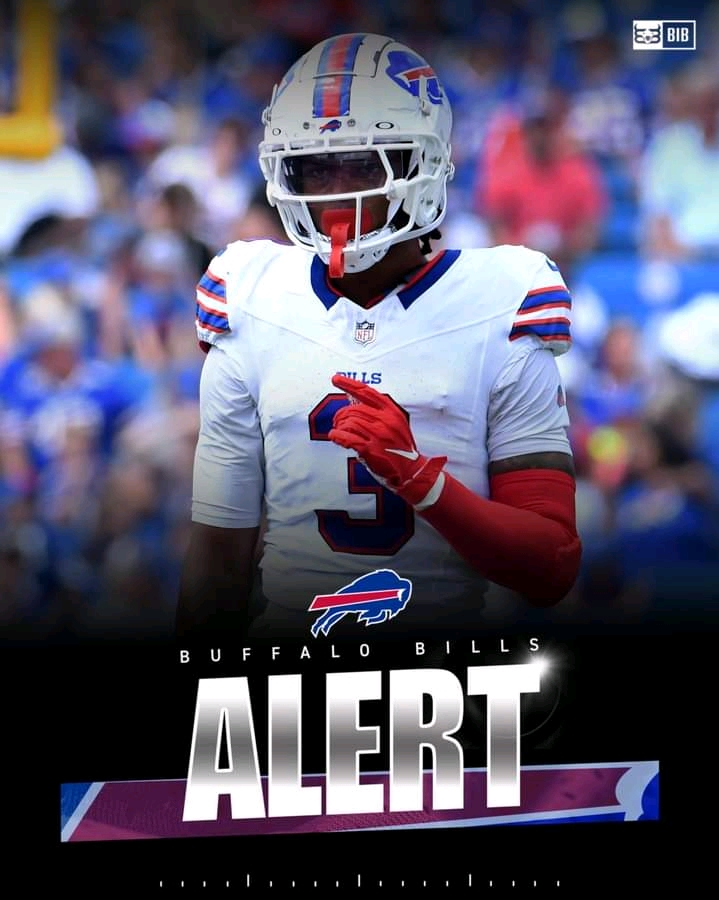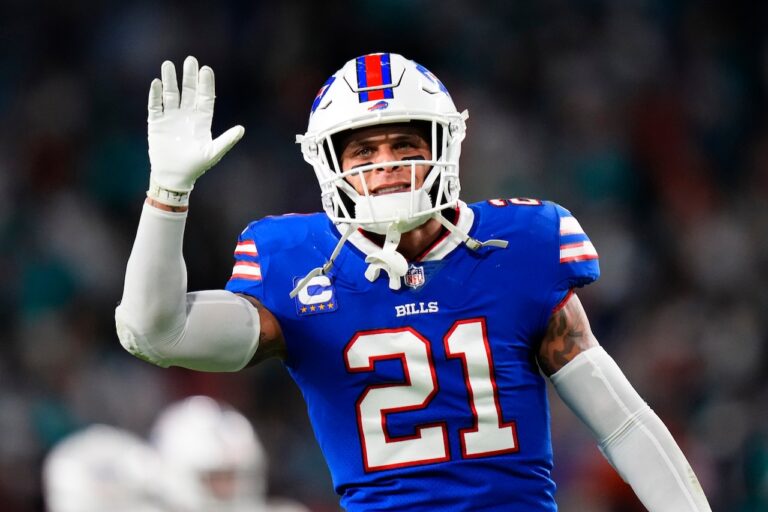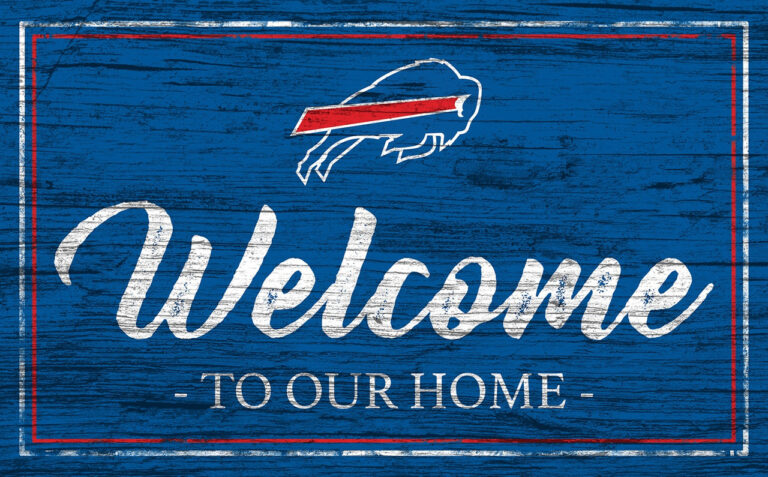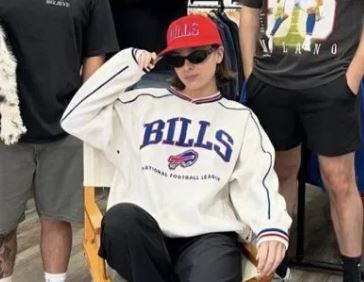
One of the Yankees’ biggest roster gaps is at third base. General Manager Brian Cashman tried to address this over the winter but ultimately began the season with Oswaldo Cabrera, Oswald Peraza, and DJ LeMahieu as options.
Cabrera was ruled out for the year after breaking his ankle in May. LeMahieu, who started the season injured, was later deemed physically unable to handle third base duties, according to manager Aaron Boone. As a result, Jazz Chisholm Jr. had to shift from his usual second base role to third to help the team’s infield situation.
Unfortunately, Chisholm’s defense at third has declined, and LeMahieu’s age limited his effectiveness at second. This led to LeMahieu being designated for assignment, with Chisholm moving back to second base.
Currently, Peraza and recently recalled Jorbit Vivas are handling third base. However, both have struggled offensively, making their spots in the lineup easy outs. With no reliable internal options, Cashman might have to find a trade target — which brings Ryan McMahon into focus.
McMahon plays for the Rockies, who own MLB’s worst record and are on pace to challenge the 2024 White Sox for historically poor results. While Colorado hasn’t done big sell-offs lately, they could be more motivated this year.
Pros
The biggest reason to consider McMahon is that he’d immediately outproduce the Yankees’ current third basemen.
Peraza is hitting .151 with a .462 OPS, three home runs, and 13 RBI. Vivas has similar numbers — a .149 average and .500 OPS with just one homer. Neither has had much regular playing time, but if they were hitting well enough, the Yankees wouldn’t have had to experiment with Chisholm at third.
McMahon, at age 30, is batting .214 with a .694 OPS, 13 homers, and 28 RBI in 322 at-bats. While these numbers aren’t stellar, they’re still an upgrade.
Last season, McMahon was an All-Star, posting a .272 average and .797 OPS with 14 homers before the break. A change of scenery — and the chance to play for a contender — might help him rebound. His left-handed swing could also benefit from Yankee Stadium’s short porch.
Defensively, McMahon has consistently been strong. He’s never posted a negative Defensive Runs Saved (DRS) at third base in his nine-year career and has been a near double-digit Outs Above Average (OAA) fielder in each of the past three seasons.
Cons
McMahon’s offensive advantage over Peraza and Vivas is modest. After his All-Star selection last year, his production fell off sharply in the second half. He hit just .188 with a .592 OPS and six homers down the stretch — struggles that have continued into this season.
His home/road splits are also concerning. At hitter-friendly Coors Field this year, he’s hitting .241 with an .800 OPS, but his numbers drop to .192 with a .604 OPS on the road a pattern that matches his career trend.
The Yankees also need right-handed power more than another lefty bat.
Defensively, McMahon’s metrics have dipped too. While his DRS is still positive, it’s just three this season — down from double digits in recent years.
Another issue is his contract. The Yankees would owe him about $16 million per year for the next two seasons. Colorado would likely want New York to cover most of that salary or give up valuable prospects.
Blocking top prospect George Lombard Jr. at third base for multiple years is also a risk. If Lombard is viewed as the long-term answer, trading for McMahon could complicate that timeline.
Final Take
Overall, the Yankees should probably pass. McMahon would be a slight improvement, but his cost in salary and prospects likely outweighs the benefit. If they truly want a controllable third baseman, Nolan Arenado might be a better fit despite his age.
Otherwise, the Yankees should prioritize a short-term rental who won’t block Lombard someone like Eugenio Suarez of Arizona could make more sense. Unless the Rockies practically give McMahon away, Cashman should look elsewhere to fill this hole.






